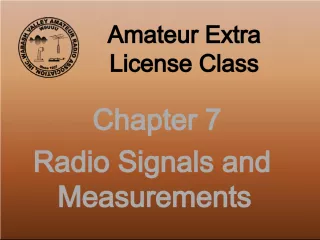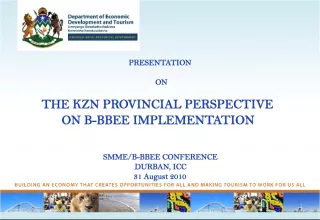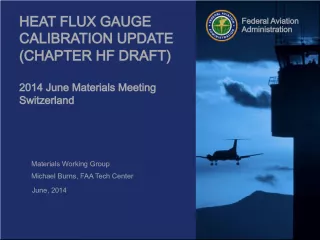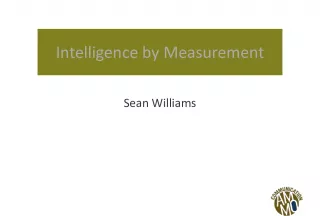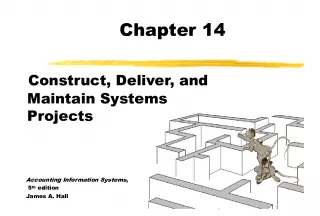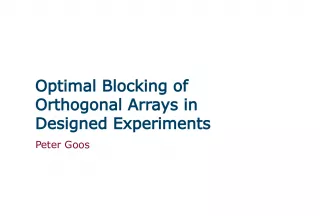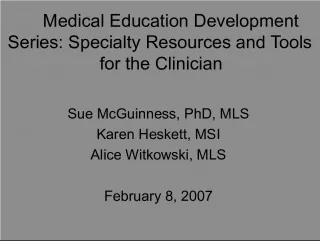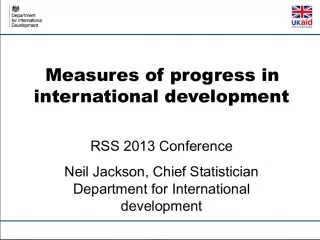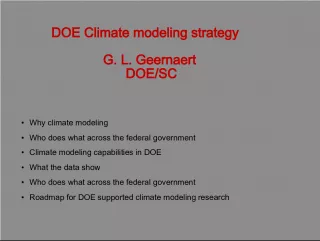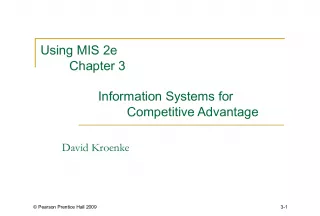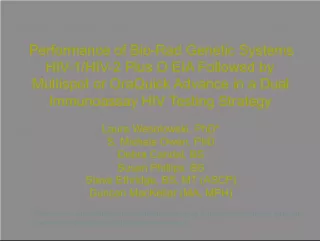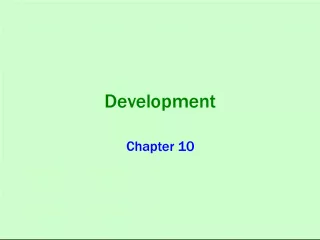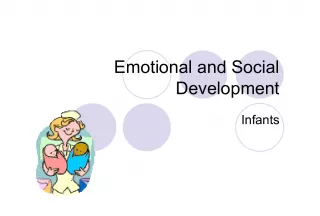Development of Optimal Calibration Strategy for Trace Gas Measurements
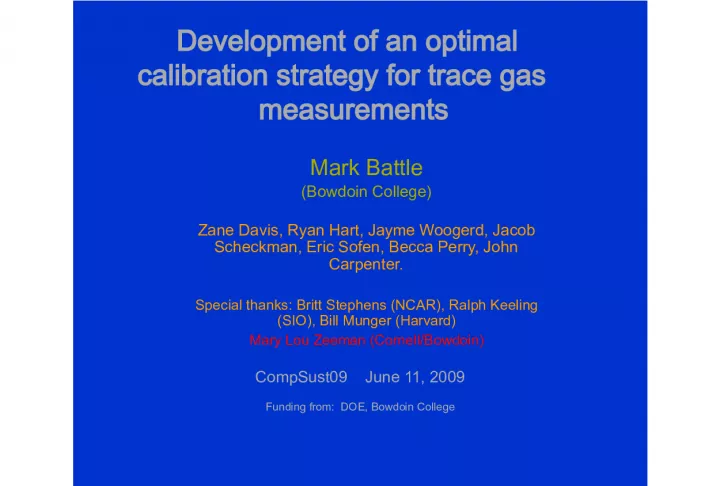

This article discusses the development of a calibration strategy for trace gas measurements. The study was conducted by Bowdoin College with funding from DOE, and includes contributions from various experts in the field. The article highlights key findings and recommendations for future research.
- Uploaded on | 0 Views
-
 joelhaapala
joelhaapala
About Development of Optimal Calibration Strategy for Trace Gas Measurements
PowerPoint presentation about 'Development of Optimal Calibration Strategy for Trace Gas Measurements'. This presentation describes the topic on This article discusses the development of a calibration strategy for trace gas measurements. The study was conducted by Bowdoin College with funding from DOE, and includes contributions from various experts in the field. The article highlights key findings and recommendations for future research.. The key topics included in this slideshow are calibration strategy, trace gas measurements, Bowdoin College, DOE funding, measurement program,. Download this presentation absolutely free.
Presentation Transcript
1. Development of an optimal calibration strategy for trace gas measurements Mark Battle (Bowdoin College) Zane Davis, Ryan Hart, Jayme Woogerd, Jacob Scheckman, Eric Sofen, Becca Perry, John Carpenter. Special thanks: Britt Stephens (NCAR), Ralph Keeling (SIO), Bill Munger (Harvard) Mary Lou Zeeman (Cornell/Bowdoin) CompSust09 June 11, 2009 Funding from: DOE, Bowdoin College
2. Outline Structure of a measurement program What measurements might tell us Example of one such program Call for help
3. Measuring the composition of air Precision vs. Accuracy
4. Precision vs. Accuracy
5. Measuring the composition of air Precision vs. Accuracy Differential measurements
6. Benefits of differential measurements Initial Group 1001 Women Final group 1002 Women
7. Benefits of differential measurements Initial Group 1001 Women Final group 1002 Women Absolute changes Initial # women: 1001 Final # women: 1002 Change in women: 0.1%
8. Benefits of differential measurements Initial Group 999 Men 1001 Women Final group 999 Men 1002 Women
9. Benefits of differential measurements Initial Group 999 Men 1001 Women Final group 999 Men 1002 Women Differential changes Initial gender diff: 2 Final gender diff: 3 Change in gender diff: 33%
10. Benefits of differential measurements Initial Group 999 Men 1001 Women Final group 999 Men 1002 Women Absolute changes Initial # women: 1001 Final # women: 1002 Change in women: 0.1% Differential changes Initial gender diff: 2 Final gender diff: 3 Change in gender diff: 33%
11. Measuring the composition of air Precision vs. Accuracy Differential measurements Measure samples relative to standards
12. Challenges of differential measurements
13. Challenges of differential measurements
14. Challenges of differential measurements
15. Challenges of differential measurements
16. Challenges of differential measurements
17. Measuring the composition of air Precision vs. Accuracy Differential measurements Measure samples relative to standards Instrumental response
18. Impact of instrumental non-linearity
19. Metric Precision & Accuracy Constraints Instrument time is precious Standard air is precious
20. In summary: Optimally combine many analyses of many standards to create a virtual standard against which all samples are measured.
21. Connecting to the real world: Measuring O 2 and CO 2 to constrain the carbon cycle
22. Where does anthropogenic CO 2 end up? Values for 2000-2006 Canadell et al. PNAS 2007
23. How do we know these numbers?
24. How do we know these numbers? Record CO 2 emissions Measure CO 2 in the atmosphere
25. How do we know these numbers? Record CO 2 emissions Measure CO 2 in the atmosphere Measure CO 2 in the oceans Estimate from small-scale land measurements Infer from spatial pattern and isotopes of atmospheric CO 2
26. How do we know these numbers? Record CO 2 emissions Measure CO 2 in the atmosphere Measure CO 2 in the oceans Estimate from small-scale land measurements Infer from spatial pattern and isotopes of atmospheric CO 2 Measure atmospheric O 2
27. The link between O 2 and CO 2 CO 2 = Land biota + Industry + Ocean O 2 = Land biota + Industry
28. The link between O 2 and CO 2 CO 2 = Land biota + Industry + Ocean O 2 = Land biota + Industry
29. The link between O 2 and CO 2 CO 2 = Land biota + Industry + Ocean O 2 = Land biota + Industry
32. Google maps
34. The equipment
35. The equipment
38. Real data
39. Real data
40. Real data
41. Summary Important questions require excellent atmospheric measurements
42. Summary Important questions require excellent atmospheric measurements Excellent measurements require intelligent weighting of experimental evidence
43. Summary Important questions require excellent atmospheric measurements Excellent measurements require intelligent weighting of experimental evidence I have abundant data. Intelligence, on the other hand mbattle@bowdoin.edu
